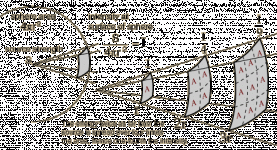temps are good at plant height . use a 12 inch circulating fan in room and a 6 inch directed at the cool tube
. not sure thanks for ur input , it's appreciated . my plants are close to the source
does air flow directed at a cool tube change the radiant heat given off by the bulb? i dont think it does, could be wrong.
and to the punk whos trying to call my out on proven facts....dont really care about how u grow bro if you wanna utilize 25% of your light output have fun. but i have proven grows using the inverse square rule using t5s and i got .86gpw. 6in from souce is around 4X the light output...making my 20k lumens almost 80k
enjoy fag







